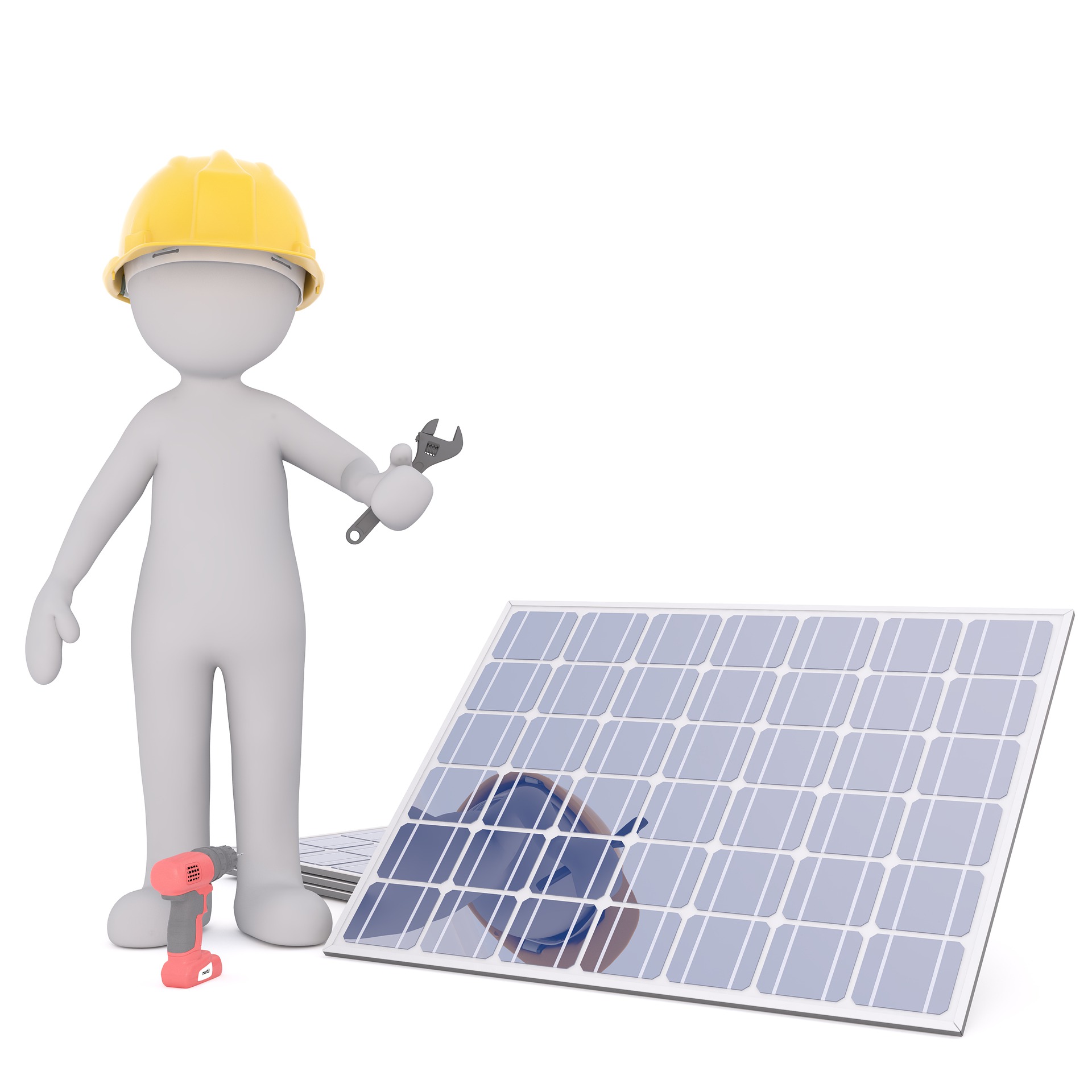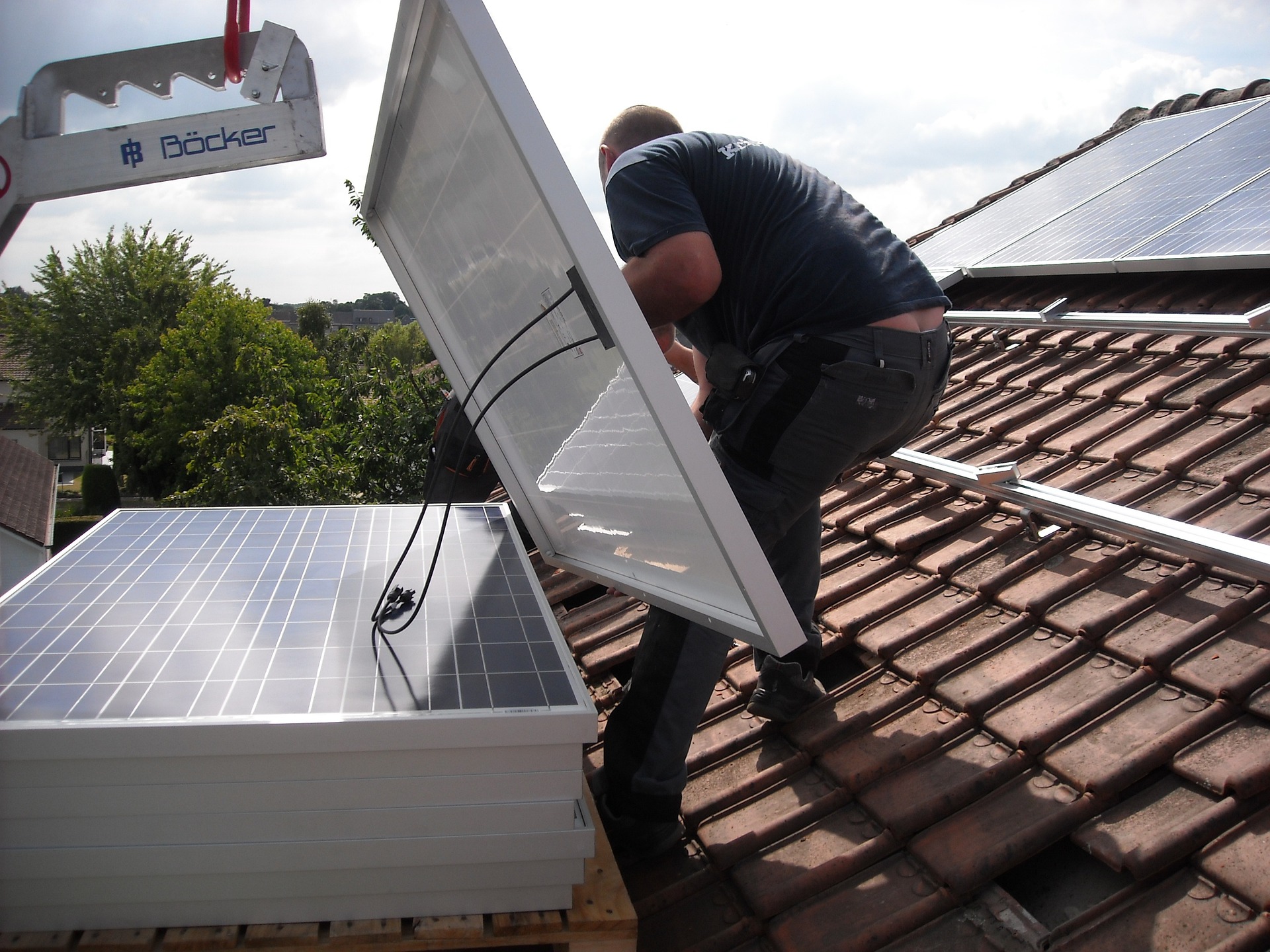While winter weather can bring magnificent snowy views, it isn’t always a pretty picture for your heating bill. Inefficient and drafty windows and walls can reduce your comfort level and cost you money from wasted energy. Significant progress has been made since the Department of Energy (DOE) first started investing in Building Envelope and Windows Research and Development (R&D) in the Building Technologies Office (BTO), and the next generation of windows and building envelope technologies have even greater potential to reduce energy consumption in your home. Here are some of the top ways BTO’s Building Envelope and Windows R&D Program is working to keep heat in your home, and cash in your wallet:
R25 Polyisocyanurate Composite Insulation Material
BTO is working with Oak Ridge National Laboratory (ORNL) to develop a new insulation material that is more than twice as energy efficient as any typical insulation used in buildings today. Modified atmosphere insulation (MAI) panels utilize a process where high insulation values are achieved by sucking all of the air out of panels and sealing them very, very tightly. These panels have the potential to pay for themselves from energy savings within 10 years while saving more than 1 % of all of the energy used in the U.S. today.
R10 Insulated Vinyl Siding
The development of R10 insulated vinyl siding could lead to your next big home renovation.
Replacing cladding with new vinyl siding is a popular retrofit project with homeowners because of its aesthetic qualities, but it can also improve your home’s energy efficiency. However, improving the energy efficiency of existing wall assemblies is one of the most difficult envelope improvements to do cost effectively. But the good news is, BTO is currently working to develop an innovative option that is both cost effective and energy efficient by integrating vinyl siding with insulation. The potential energy savings of this siding is over a quarter of a quad of energy (a quad of energy is equal to the energy within 8 billion gallons of gasoline which is equivalent to 2 billion gallons of gasoline).
Polymeric Vacuum Insulation Spheres (PVIS)
BTO is continuing to push the envelope with new, innovative material R&D. PVIS is unique in that it uses individual spheres to help reduce the risk of from puncture common building materials like nails, and prevents the loss of air tightness while increasing thermal conduction. While this project is still considered early-stage, it could be one of the most significant innovations in high-performing building insulation materials in decades.
Vacuum Glass for R-10 Windows
This technology has the potential to reduce heat loss in typical windows by 60-70%, to the point that your annual heating bill could be lower with windows than from a typical opaque wall. The more air tight your home is, the less likely you’ll leak out that comfortable, warm air. This new type of insulating glass technology uses a low-E coating with a vacuum between two layers of glass that are spaced only .01” apart, so the insulating glass unit is very thin, meaning less heat escapes from your home during these winter months.





0 Comments